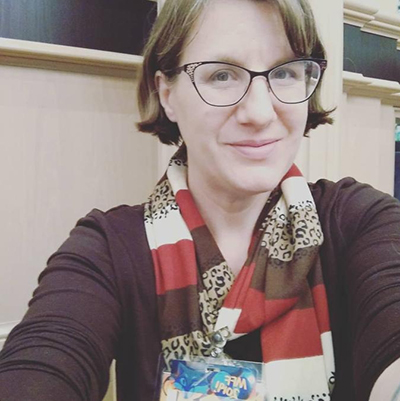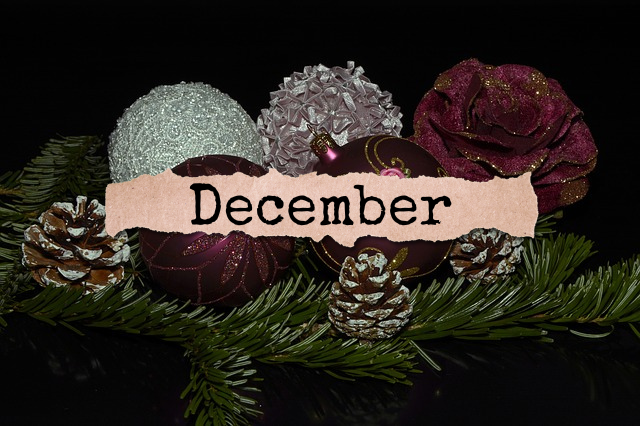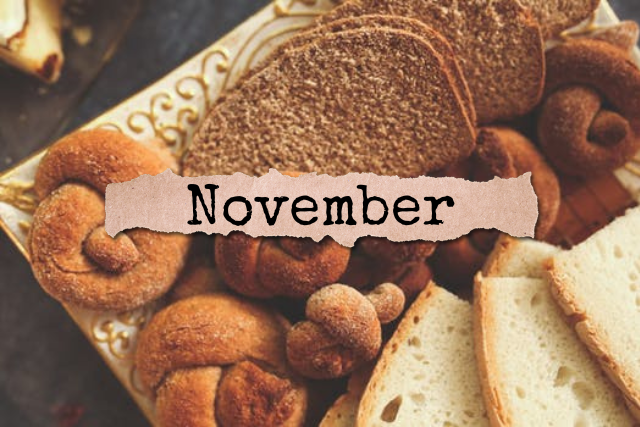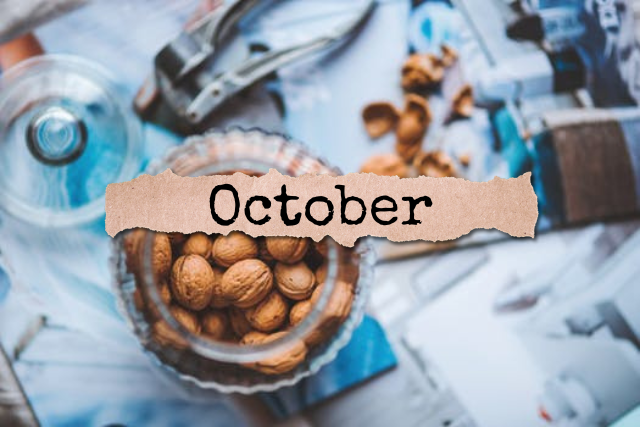Ah, the joy of brick walls! Of course, the fun part is smashing them down. Here is one that has plagued me for a long time now:
Esther was the wife of Edward Curtis. She was born about 1748. She married Edward about 1780.
Edward was born 4 May 1736 in Dudley, Worcester County, Massachusetts to Francis Curtis and Bethia Robinson. He was married 2 times prior – first to Lucy Chamberlin in 1770 in Dudley. Their son, Edward, was born in Dudley in 1771. Lucy’s date and place of death are not known.
He was then married to a woman named Thankful, approximately around 1775. Their children were born in Monson, MA – a son, Francis in 1777, and a daughter, Thankful in 1779. The wife Thankful might have died around 1779 or so.
Then there is Esther, my ancestor. They possibly married around 1780, and my best guess is Monson, MA, as their children were born there as follows:
1. Lucy, b. 1782, married Smith Arnold in 1801 in Dudley, died 1856 in Belchertown, her death record gives no information about her parents;
2. Penuel, b. 1784, married Esther Pierce in 1809 in Hopkinton, died after 1820 census (he had 3 children at least – a son Davis, born 1810 in Dudley, and another male and female child based on the 1820 census), I would like to find a death record for him;
3. Esther May, born 1786 in Monson, married John Stone in 1810 in Dudley, had many children (my ancestor is a daughter, Sarah Emerson Stone), and died in 1860, place of death unknown. She is buried in Thompson, Connecticut.
Lucy’s death record does not give a place of birth for her mother; I can’t find Penuel after 1820, though I have tried; and I requested Esther May (Curtis) Stone’s death certificate from the town of Thompson, but they did not record her death in Thompson.
I’ve looked at different factors, like the names Penuel and Davis both being unusual first names, and perhaps working as last names; also, the granddaughter Sarah Emerson Stone – Emerson tends to be a last name. Since there are no Emersons on the father’s side, I wonder if there is on the mother’s side.
I’ve considered Esther as an Esther Penuel (Pennel, Pennell, Penel, etc.), an Esther Davis, and an Esther Emerson. However, searches through microfilms have left me empty-handed. At this point, I think only DNA can answer the question, and the most likely matches have led me to the possibility of Esther being a descendant or cousin of either John Short (1725-1800) and Zerviah Utter (1729-1762) or Joseph Burrell (1728) and Hannah Bennett.
I am adamant about collecting primary sources. That which can’t be found online must be obtained from the appropriate authority. How do you obtain birth, marriage, and death records? Every state is different but, in my case, I usually write to the Town Clerk of the town in which the event occurred.
Requesting Vital Records
When I draft a letter to the Town Clerk for records, I state that I’m requesting the record for genealogical purposes. I give the date, or at least a date range, for the event, and as much identifying information as possible. If there is something I am specifically seeking (perhaps a decedent’s mother’s maiden name), I state that in the letter, just to ensure that all the information is included in the certified record.
Most records in New England range from $5 to $10 per town. Some are a little more expensive, so it’s good to check ahead of time. If I request multiple records from one town, I enclose multiple checks. That way, if they don’t have every record, they can return my check, but keep the others.
I always enclose a self-addressed, stamped envelope. I usually write a little note under the return address, such as “E. Shaw death,” so I know what’s in the envelope when it comes back to me.
I always sign off my letter with an expression of appreciation for the Town Clerk’s time and assistance. They have many other things to do with their day, and searching for my ancestor’s birth, marriage or death record isn’t at the top of their to-do list. So I sincerely thank them for their time.
Organizing Vital Records
I organize my collection of vital records in two ways.
I keep an Excel spreadsheet, which is arranged alphabetically by surname. Women are always listed by their maiden name (if known). I record marriages twice, but the actual physical record goes under the husband’s name.
As far as the physical records, I organize them the same way. I have two binders (for now), and the records are kept in archival page protectors, arranged alphabetically. I have a printed index inserted in the front and, if necessary, back of each binder so I know which records are contained within.
Going Digital
One of these days in the very near future, I plan to scan all of these (as well as other) documents to my PC, external hard drive, thumb drive, and cloud drives. This is for safety’s sake. In the event of an emergency, I wouldn’t have time to grab the binders. However, to have vital records, family writings, and photographs stored to various storage mediums will give me a sense of security. The physical items could possibly be lost, whether in an emergency or in a move. So I would like the ability to reproduce them, if necessary.
On a pleasanter note, it would be great to be able to email documents and photographs to family members if they are interested in seeing them. So scanning and saving everything to various drives would help with sharing with family.
-
- Genealogy -
Everyone has different techniques when it comes to genealogical research. My techniques have ranged from setting aside regular time to research to nonexistent (especially after having a baby). Most genealogists utilize a combination of methods to delve into their family history. I’m not referring to using the internet or tracking down certain records, but how we actually decide to go about our research with regard to the family tree itself. Here are three different approaches to get you started:
One Branch at a Time
This is probably where you will begin as you build your family tree. Roughly four times a year, I revisit this technique of climbing my entire family tree, from me, up through each and every single ancestor. It leads me to “brick wall ancestors,” to whom I must devote extra time and energy, and to other loose ends.
Tying up Loose Ends
These are the people who just need the smallest amount of research to verify dates and places. Usually I find them in my immigrant ancestors in the 1600’s. Then there is the ongoing battle, the never-ending endeavor of…
Tackling the Brick Wall
I think all of us have to do this with a handful of ancestors, if not more. When it comes to these ancestors, it feels like they were dropped on the planet with nothing but a name! They might have come from an obscure childhood or traveled from one country or state to another, but no one seems to know their actual place of origin. We focus on our brick wall ancestors and sometimes devote hours, days, weeks, even months and years to them.
I have a few, most of whom are immigrant ancestors. When I work specifically on them, they are the sole focus of my research. However, I always take a break, so I can come back with fresh eyes a few times a year.
Occasionally, I also like to go through every name in my genealogy software. That’s a huge task, because I have over 12,000 names (which is conservative compared to many other genealogists!). However, doing this once a year allows me to find people I’ve forgotten and review what might be missing from their profile. That’s manageable with 12,000 people, but I imagine it wouldn’t be after a point.
Figuring out your process (or processes) of going through your family tree may take time, but there is no wrong way to do it.










